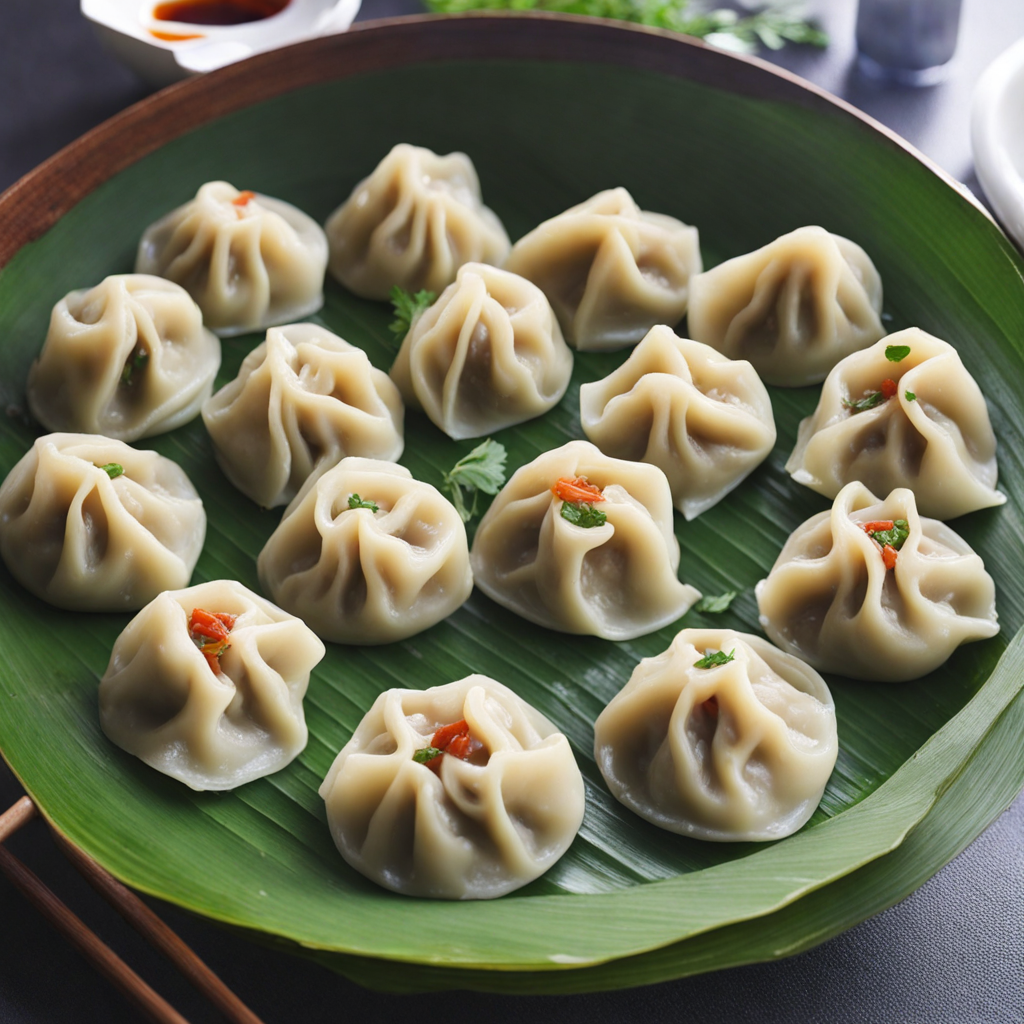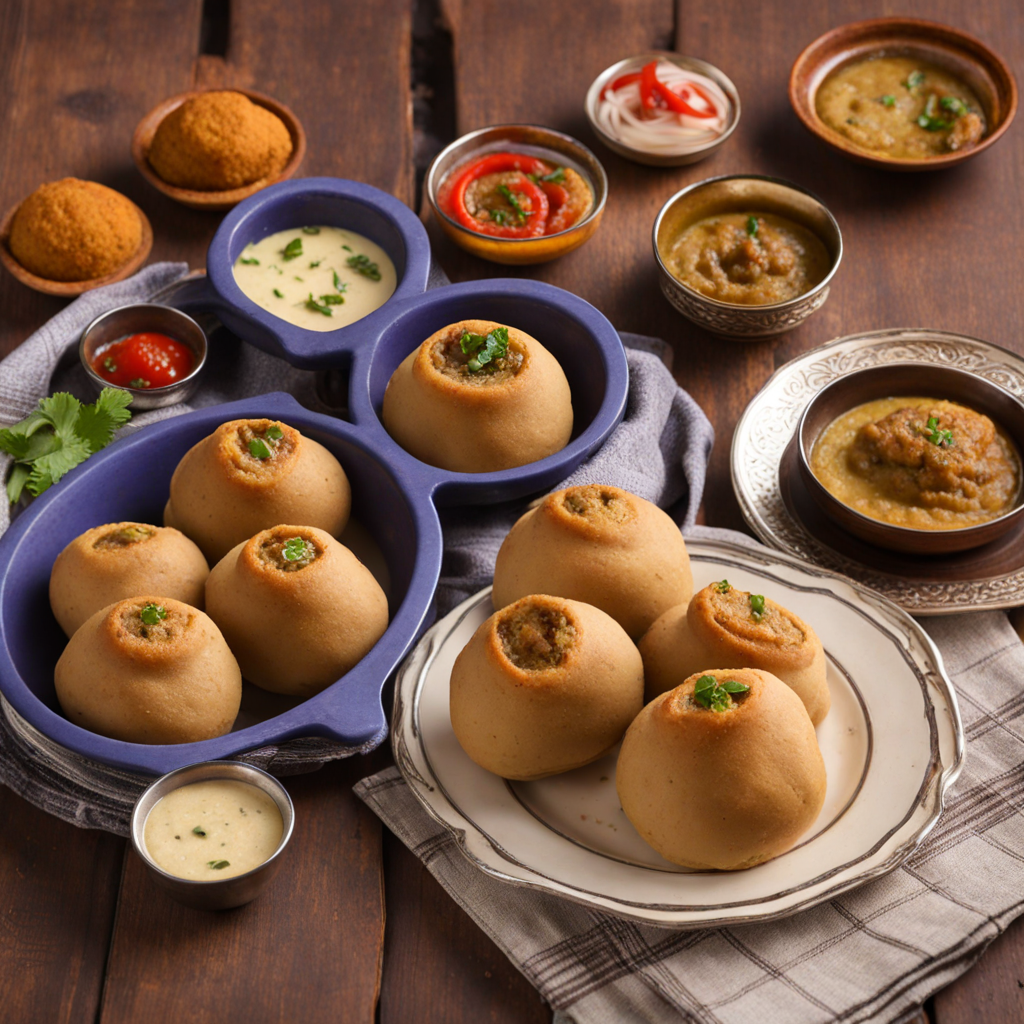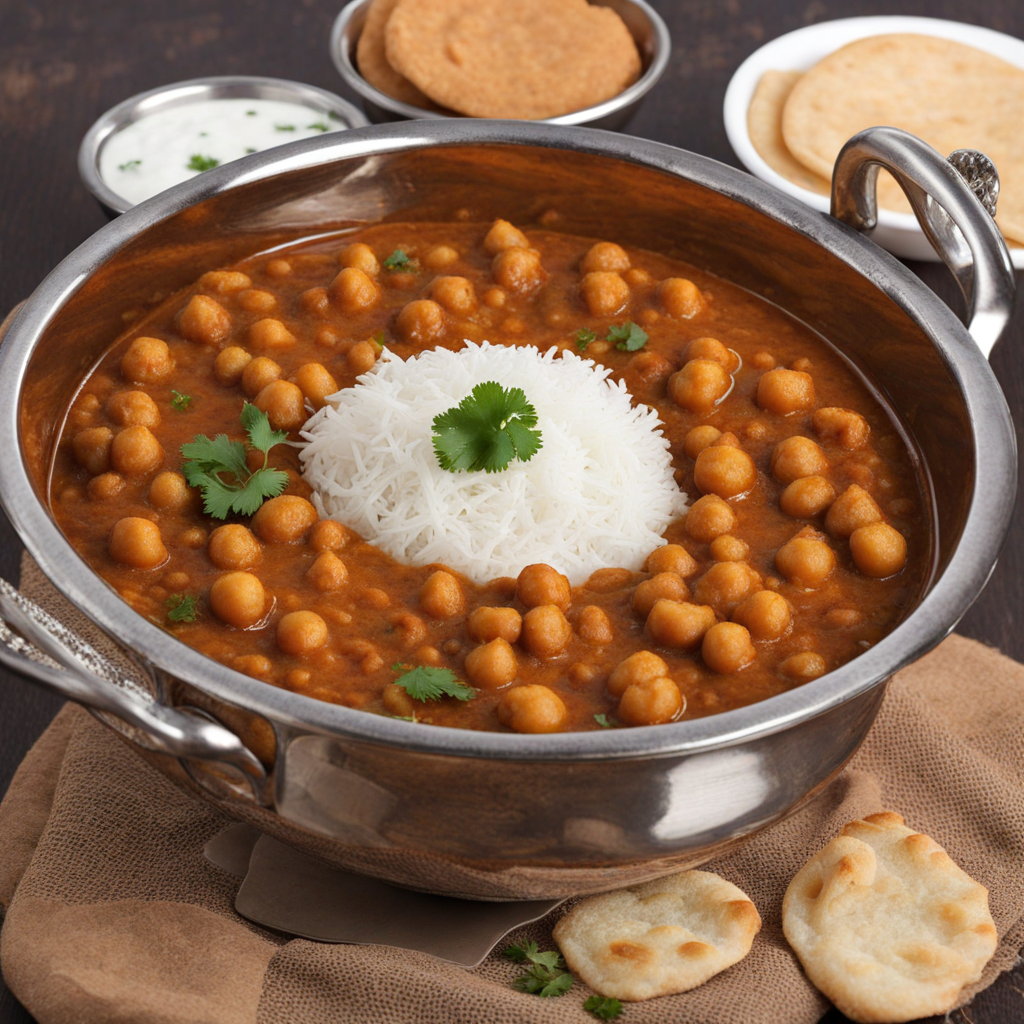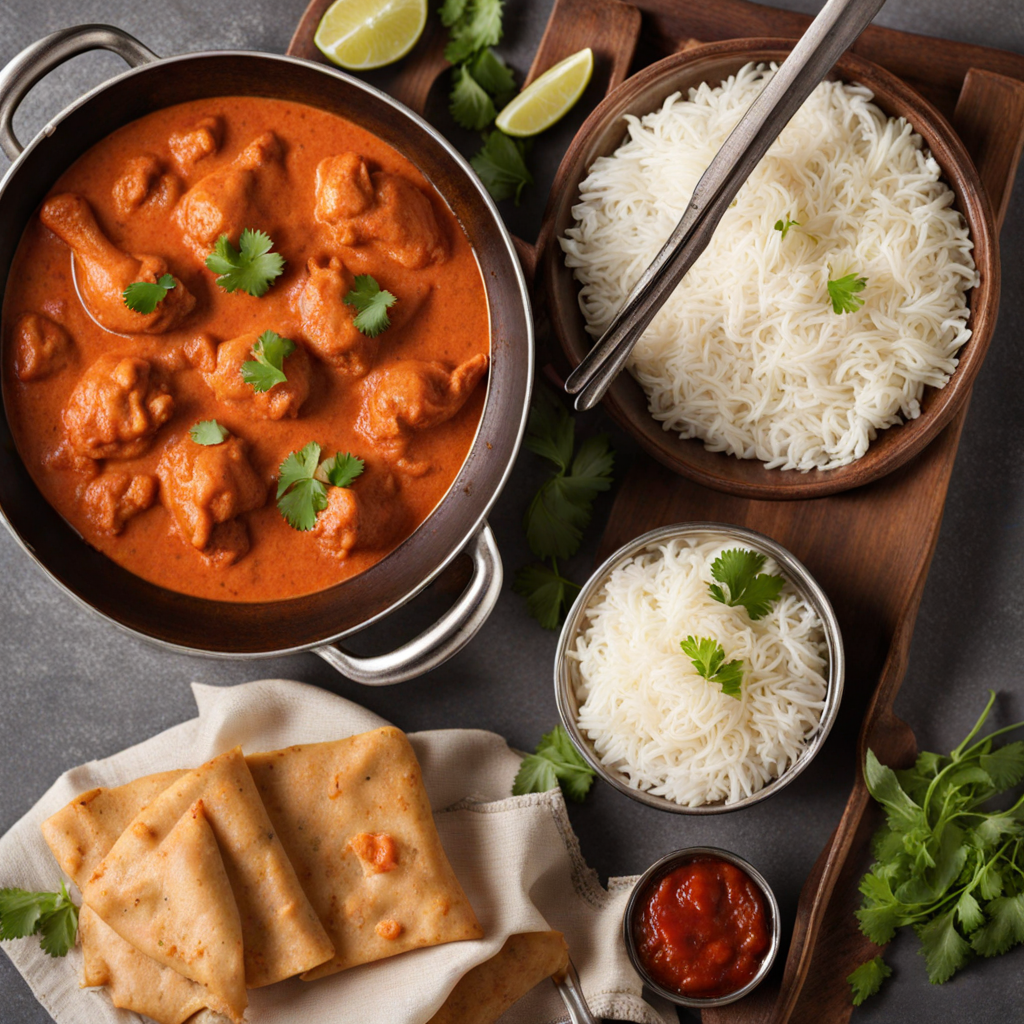Momo
Momo is a delightful culinary treasure that originates from the Himalayan region and has found its way into the vibrant food culture of India, particularly in states like Sikkim, Arunachal Pradesh, and Himachal Pradesh. These dumplings are typically made with a soft, doughy exterior that encases a variety of fillings, ranging from minced meat such as chicken, pork, or lamb to vegetarian options like spiced vegetables or paneer. The dough is crafted from refined flour, rolled out into thin rounds, and expertly pleated to encapsulate the savory filling, creating a bite-sized parcel bursting with flavor. What makes momo truly special is the method of cooking, often steamed to perfection, which allows the flavors to meld harmoniously while retaining the moisture of the filling. Each bite offers a tender, chewy texture that contrasts beautifully with the rich and savory filling inside. Momo is often served with a tangy dipping sauce, known as chutney, made from tomatoes, green chilies, and spices, enhancing the overall taste experience with a spicy kick and a refreshing balance. As you explore momo, you’ll discover a variety of regional adaptations, including fried versions that add a crispy texture, or soup dumplings served in a flavorful broth. The dish is not only a staple in local eateries but also enjoyed at street food stalls, making it accessible to everyone. Whether you choose to savor them as a snack or a main dish, momos offer a unique taste of India’s diverse culinary landscape, inviting you to indulge in a comforting and satisfying experience.
How It Became This Dish
The history of मोमो (Momo) traces back to the rich culinary tapestry of the Tibetan and Nepalese regions, where it is believed to have originated. The concept of dumplings is ancient, with various forms existing across multiple cultures. In Tibet, the momo is thought to have been introduced by the Mongolian Empire during their conquests, which led to the blending of culinary traditions in the Himalayan region. These steamed dumplings were originally filled with meat, primarily yak, or vegetables, showcasing the local ingredients available in the harsh mountain environment. As time progressed, the momo made its way into Nepal and India, particularly in the northern states such as Sikkim, Darjeeling, and Himachal Pradesh. The adaptation of the momo in these regions saw the introduction of different fillings, including chicken, pork, and a variety of vegetables, reflecting the diverse agricultural produce of the Indian subcontinent. The momo's rise in popularity can be attributed to its convenience and nutritional value, making it a favored choice among travelers and locals alike. In India, momos became especially popular with the influx of Tibetan refugees after the 1959 Tibetan uprising. As they settled in various parts of India, particularly in Dharamshala, they brought with them their culinary traditions, including the beloved momo. Street food culture in Indian cities embraced the momo, which transformed from a traditional dish to a trendy snack option available in bustling markets and food stalls. The momo's versatility, being able to be served steamed, fried, or even in a soup, contributed significantly to its widespread appeal. Cultural significance surrounds the momo, particularly in Tibetan and Nepalese communities, where they are often prepared for special occasions and celebrations. In Tibetan culture, momos are served during festivals and family gatherings, representing unity and hospitality. In Nepal, they are not only a staple food but also a dish that brings people together, symbolizing warmth and community. The act of making momos is often a communal activity, where family and friends gather to prepare and enjoy them, fostering bonds and shared experiences. Over time, the momo has undergone several transformations to cater to the evolving tastes and dietary preferences of the Indian populace. With the rise of vegetarianism and veganism, many variations of the momo now feature plant-based fillings such as paneer, mushrooms, and mixed vegetables, making it accessible to a broader audience. This adaptability has allowed the momo to retain its status as a beloved snack across different demographics, from college students to families. The momo also found its way into the culinary scene of urban India, with restaurants and cafes serving gourmet versions of this traditional dish. Chefs began experimenting with fillings, incorporating global flavors like cheese, herbs, and spices, creating fusion versions that appeal to contemporary palates. The momo has been reimagined in various forms, including tandoori momos, which are marinated and cooked in a traditional clay oven, giving it a distinct flavor profile that marries Indian and Tibetan culinary techniques. In recent years, the momo's popularity has surged, leading to the establishment of dedicated momo eateries. These establishments often feature an extensive menu, ranging from classic steamed momos to innovative takes like momo burgers and momo pizzas. Such adaptations demonstrate the momo's ability to transcend cultural barriers and evolve within the modern culinary landscape. The dish has become a symbol of the cosmopolitan nature of India's food culture, where traditional and contemporary cuisines coexist. Social media has played a significant role in elevating the momo's status as a popular food item among the youth. Food bloggers and influencers showcase various momo recipes and innovative serving styles, contributing to the dish's viral status. Online platforms have fueled the demand for momos, leading to the rise of home-based businesses specializing in this delicacy. The momo's journey from a humble street food to a trendy food item reflects the dynamic nature of Indian culinary traditions. The momo's influence is not limited to India; it has also made its mark internationally. In countries with significant Tibetan, Nepalese, and Indian diaspora communities, such as the United States, Canada, and Australia, momos have emerged as popular street food options. Food festivals and cultural events often feature momos, showcasing their universal appeal and the growing interest in diverse culinary traditions. The increasing availability of momos in international markets speaks to the globalization of food and the curiosity surrounding global cuisines. Interestingly, the momo has also sparked culinary competitions and festivals in India. Events like Momo Fest celebrate this beloved dish, featuring various stalls, cooking workshops, and contests to create the best momo. These festivals not only promote the culinary heritage of the momo but also encourage local businesses and artisans. They serve as a platform for food enthusiasts to engage with different aspects of momo preparation and enjoy a variety of flavors, fostering a deeper appreciation for this dish. In summary, the momo is a remarkable example of how food can transcend geographical boundaries and cultural divides. Originating from the Tibetan and Nepalese regions, it has evolved significantly with the influences of Indian cuisine and culture. The dish holds cultural significance, symbolizing community and tradition, while also adapting to contemporary tastes and preferences. Today, momos are celebrated not only as a delicious snack but also as a representation of the rich culinary heritage of the Himalayan region, now firmly embedded in the diverse tapestry of Indian food. As momos continue to evolve and inspire new culinary creations, they remain a testament to the enduring power of food as a means of connection and expression across cultures.
You may like
Discover local flavors from India







